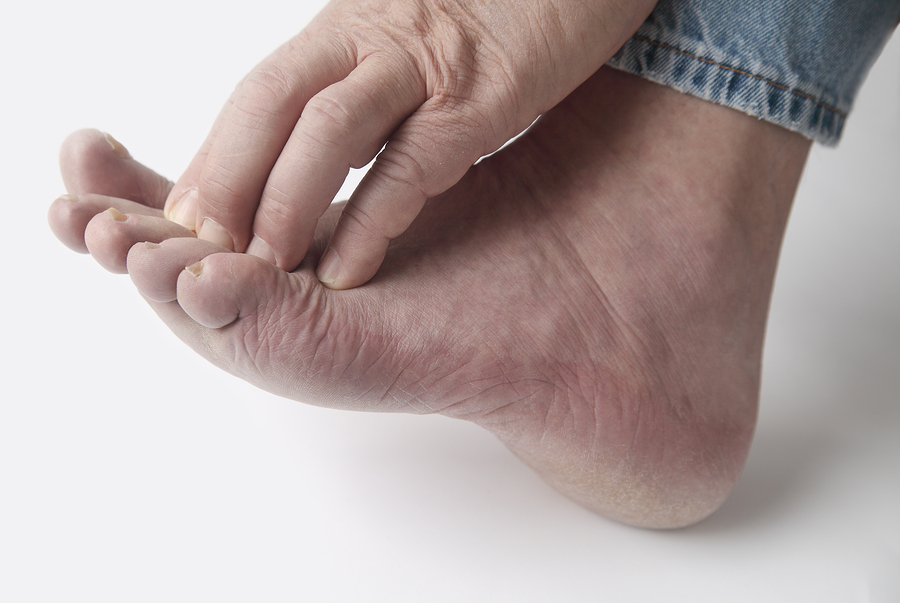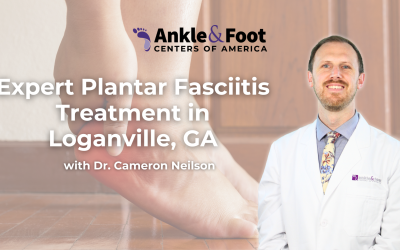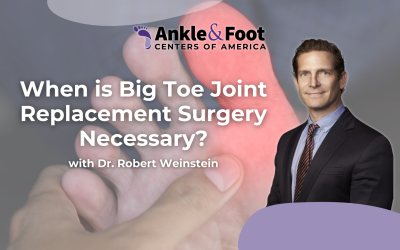 Repetitive pressure and friction by your shoes on your toes can cause the skin to respond by thickening and forming a corn. Corns are technically known as heloma duras. Soft corns which form between the toes are known as heloma molles. Typically, these corns form over boney areas and x-rays often reveal a small bone spur or an enlargement of a boney prominence directly under a corn.
Repetitive pressure and friction by your shoes on your toes can cause the skin to respond by thickening and forming a corn. Corns are technically known as heloma duras. Soft corns which form between the toes are known as heloma molles. Typically, these corns form over boney areas and x-rays often reveal a small bone spur or an enlargement of a boney prominence directly under a corn.
A muscle imbalance or arthritis can cause toes to contract and buckle commonly known as hammertoes. Toe joints as a result become enlarged, stiffened, and deformed. This deformity can lead to increased shoe pressure and eventually the formation of a corn.
Treatment of corns starts initially with padding. Small doughnut shaped pads can be placed over the corns to help reduce the friction over the prominent area. Switching to shoes that provide a larger toe box and give the toes more room will also help reduce friction. Over-the-counter corn removers should be used with extra caution. The medicated pads contain dilute acid preparations and can burn the skin. These pads should never be used in patients with poor circulation or diabetes, and they also should not be used between the toes. You should use lotions to help keep the corns softened, and they can be debrided use a nail file or pumas stone. Never use a razor blade. Surgery is sometimes indicated to treat the corns if conservative treatment does not work.
Surgery may be simple or even more extensive depending on the complexity of the problem. Simply speaking, the procedure selected will vary from simply removing the boney spur or actually straightening the contracted digit.



